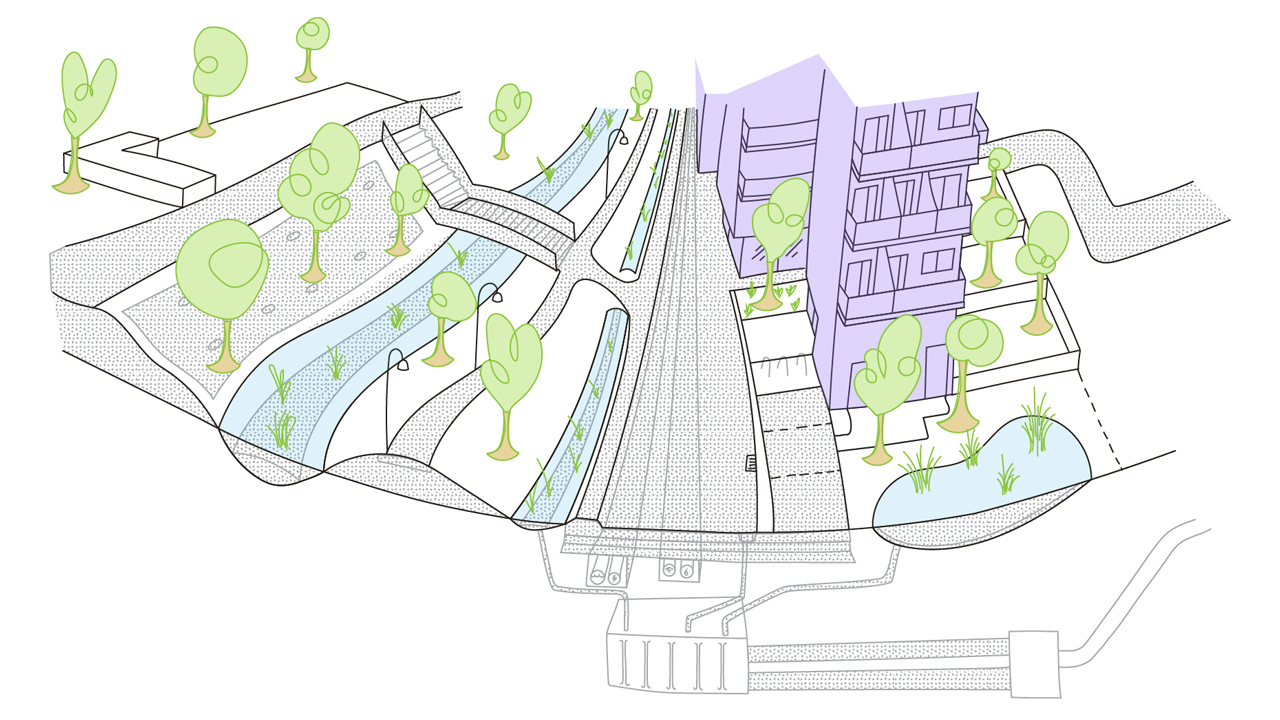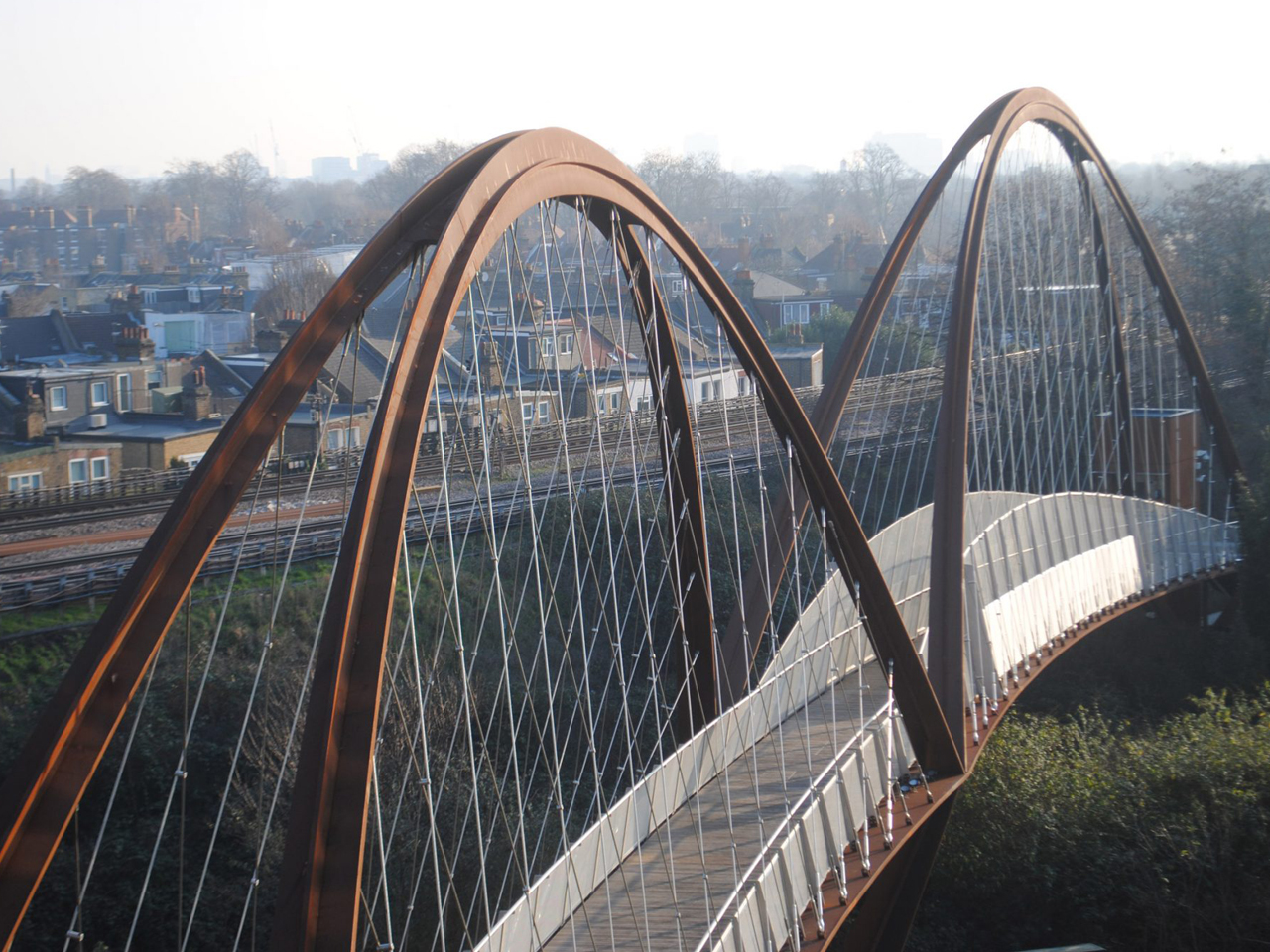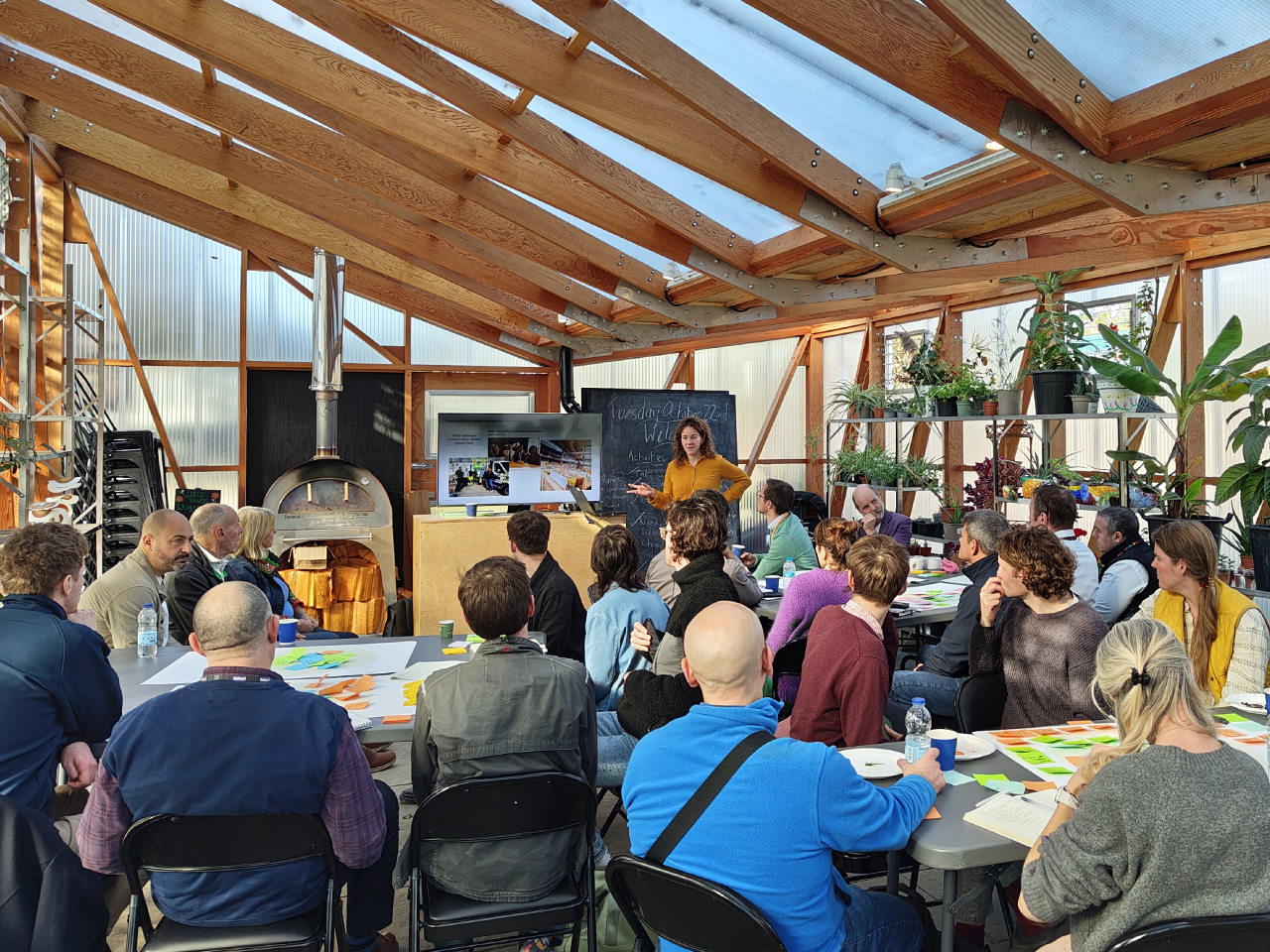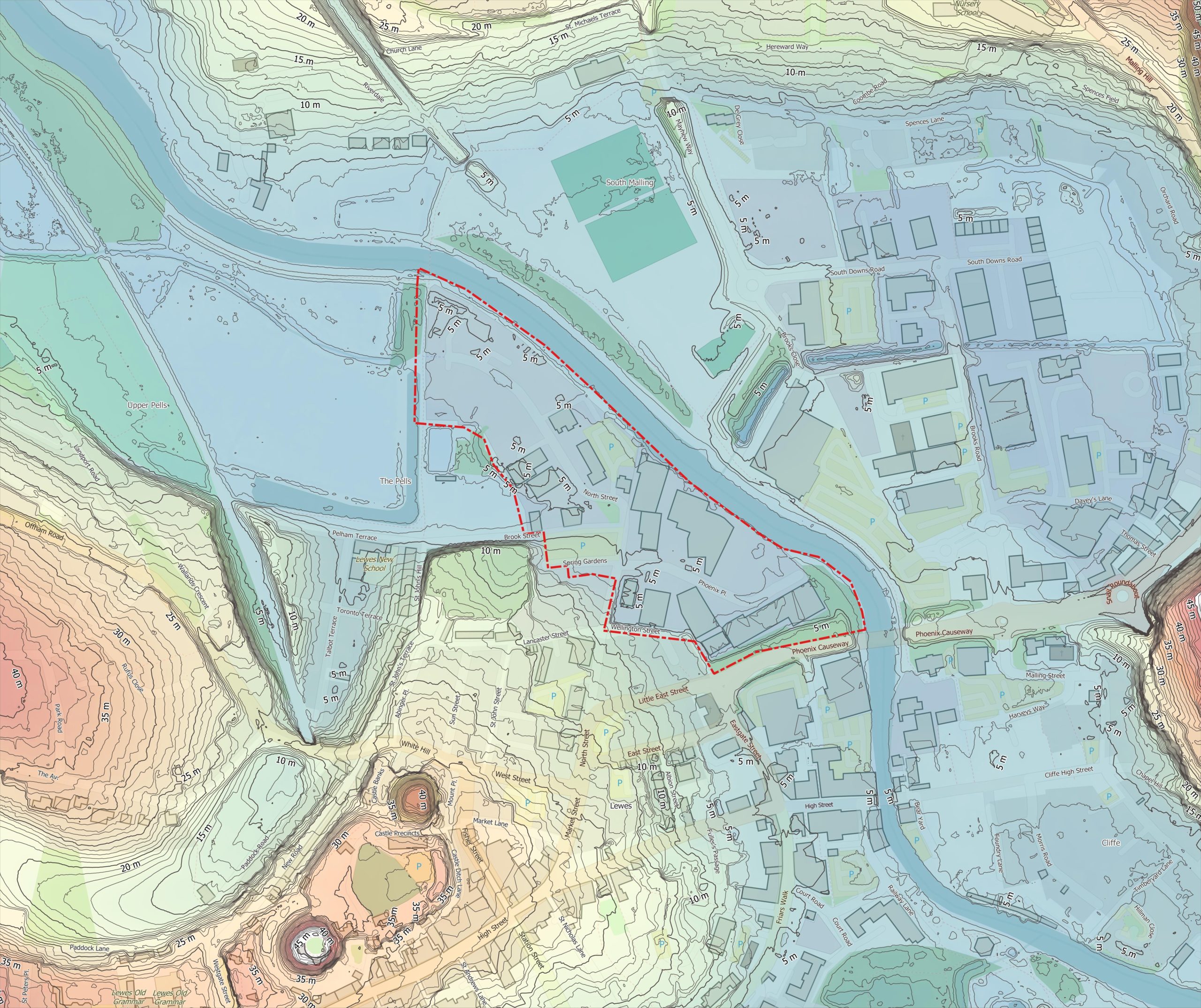News
New Research Reveals Hidden Carbon Costs of Housing Infrastructure
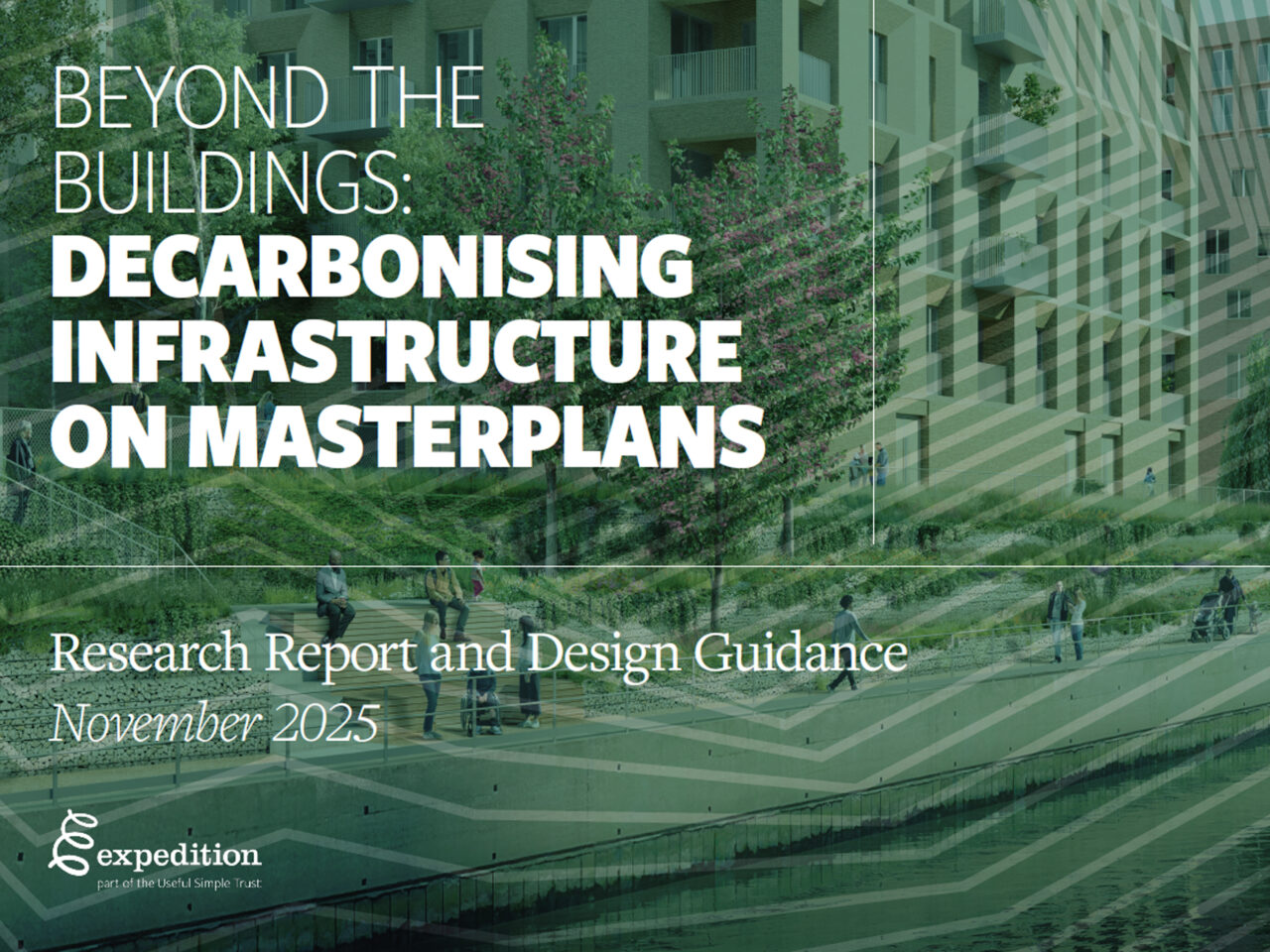
New research by Expedition Engineering shows that early-stage masterplan decisions can almost halve the embodied carbon of infrastructure on masterplans, as UK faces the challenge of delivering 1.5m homes within its carbon budget.
London, 17 November 2025, New housing developments risk embedding significant avoidable carbon emissions unless housing infrastructure is better planned from the outset, according to groundbreaking research by Expedition Engineering.
The report, Beyond the Buildings: Decarbonising Infrastructure on Masterplans, co-funded by the Institution of Civil Engineers, is the first study to quantify and provide guidance on early-stage decisions to reduce the embodied carbon of each of the ‘enabling’ infrastructures that supports housing. It shows that smarter early-stage decisions can cut emissions of enabling infrastructure by as much as 42%, offering a major opportunity as the UK government pushes to deliver 1.5 million new homes over the next five years.
The Overlooked Risk
While embodied carbon in buildings is now widely measured, infrastructure remains a blind spot. The study found infrastructure intensity can vary by a factor of four, from 16.5 to 70.5 kgCO₂e/m²GIA, depending on development type, density, and site-specific constraints. Vehicle infrastructure such as roads and parking makes up around a third of total carbon in each of three scenarios studied, underlining the penalty of car-dependent design.
Sites in flood-prone areas can carry the heaviest burden; in one case, earthworks alone accounted for over half of the infrastructure carbon. Strategic choices made at the masterplanning stage – such as optimising site layout, balancing cut and fill, or integrating nature-based drainage – can deliver reductions of up to 87% in earthworks carbon and 30% in drainage carbon.
Net Zero vs. Housing Delivery
The built environment accounts for around 25% of UK greenhouse gas emissions, yet the carbon in enabling infrastructure is still rarely measured. With the government committing £5 billion to housing delivery between 2025 and 2026, the findings estimate that millions of tonnes of avoidable carbon could be locked in unless action is taken. A 2022 study showed that taking a business-as-usual approach to delivering homes at the scale of delivery required would consume the UK’s entire carbon budget by 2050.
Judith Sykes, CEO of Useful Simple Trust and Senior Director at Expedition, said: “While embodied carbon in buildings is increasingly well understood, the carbon cost of infrastructure has flown under the radar. Although a smaller component, there is greater potential for reduction through early-stage design choices which also deliver a capital cost benefit. Our study sets out how RIBA Stage 2 decisions can transform outcomes – but only if industry, clients, and policymakers are willing to change the way we plan.”
The research team is urging developers, planners and policymakers to adopt standard measurement approaches, embed carbon in procurement, and align housing policy with low-carbon infrastructure design. A free technical toolkit is being made available to help practitioners integrate carbon into early-stage decision-making.
Read Beyond the Buildings: Decarbonising Infrastructure on Masterplans here.
-ENDS-
Image gallery
